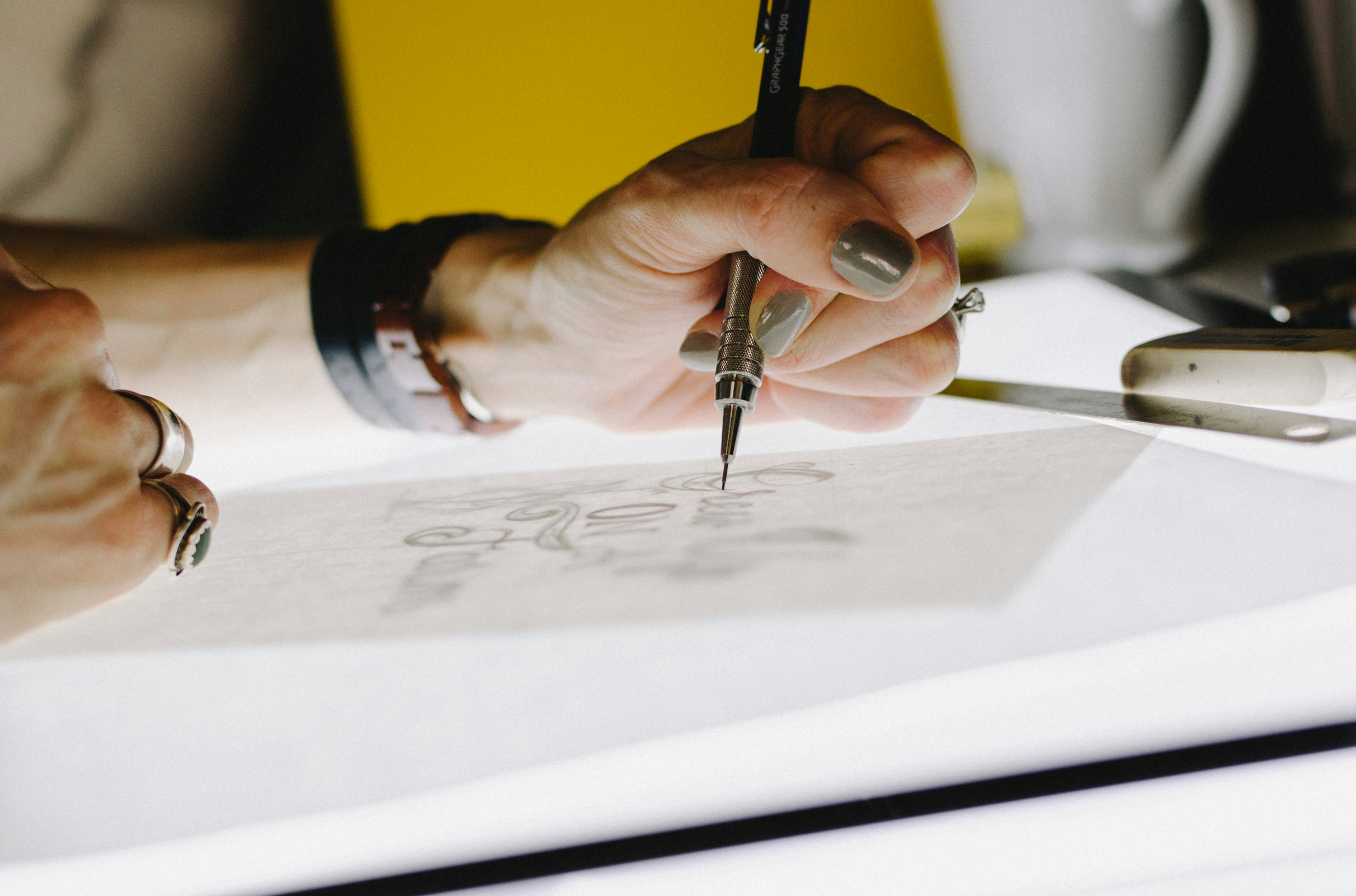Digital Stylus, Pen, and Tablet: How Technology Shapes Drawing
The combination of digital styluses, pens, and tablets has changed how creators, students, and professionals sketch, annotate, and produce visual work. These tools bridge traditional hand motion and digital workflows, enabling precision, pressure-sensitive input, and gesture support. Understanding how each component—stylus design, pen features, tablet hardware, and supporting technology—fits together helps you choose the right setup for specific drawing tasks, note-taking, or design work.

What is a digital stylus and how does it work?
A digital stylus is an input device designed to interact with touchscreens or digitizers. There are broadly two types: passive styli that mimic a finger on capacitive screens, and active styluses that include sensors and electronics to transmit pressure, tilt, and button data. Active devices often pair with tablets via protocols like proprietary RF, Bluetooth, or electromagnetic resonance used in some displays. The result is finer control over line weight, palm rejection, and features such as hover detection. Compatibility and available features vary by manufacturer and tablet model.
How does a pen differ from a digital stylus?
“Pen” often refers to styluses designed to emulate a physical writing instrument; many pens are active styluses but not all active styluses are marketed as pens. Compared with simple capacitive tips, pen-style devices typically add pressure sensitivity, tilt recognition, programmable buttons, and lower latency. Pens may require pairing or charging and sometimes include replaceable nibs to vary friction. The distinction is partly marketing and partly functionality: a pen implies more nuanced input for handwriting and drawing, while a basic stylus can be for navigation or simple annotations.
Which tablet features matter for drawing?
When selecting a tablet for drawing, hardware attributes influence the experience. Display quality, including resolution, color accuracy, and brightness, affects how artwork looks while you work. The screen’s refresh rate and the digitizer’s sampling rate influence perceived latency between pen movement and on-screen strokes. Palm rejection and dedicated stylus input layers reduce unintentional touches. Physical attributes such as size, weight, and tilt angle affect comfort during long sessions. Finally, software compatibility—available drawing apps, driver support, and OS restrictions—matters as much as raw hardware specs.
What technology improves responsiveness and precision?
Several technologies contribute to better responsiveness and precision. Pressure-sensing mechanisms convert force into variable stroke width or opacity, while tilt sensors allow brush orientation to change with the pen angle. Lower latency comes from faster sample rates in the display and digitizer, and software prediction algorithms that smooth strokes without removing natural variation. Improvements in conductive nib materials and surface treatments reduce parallax and improve tactile feedback. Machine learning has been applied to enhance palm rejection and predictive smoothing, though specifics depend on the tablet maker and application.
How do drawing workflows change with pen and tablet integration?
Integrating a pen and tablet alters workflow patterns. Digital drawing supports nondestructive editing through layers, undo/redo, and precise color management, enabling iterative workflows different from traditional media. Many artists use stylus shortcuts, pressure curves, and custom brushes to approximate pencil or brush behavior. Collaboration and review also change: annotations can be shared as layered files or flattened exports, and cloud syncing lets work continue across devices. Ergonomics and software setup become part of the creative process—pen weight, grip, and tablet angle can affect session length and output quality.
Conclusion
Digital styluses, pens, and tablets together create a versatile ecosystem for drawing, note-taking, and design. The right choice depends on how closely you need to replicate traditional media, which tablet features you prioritize, and which software tools you intend to use. Advances in sensors, sampling rates, and software have narrowed gaps between analogue and digital workflows, but compatibility and personal preference remain key. Evaluating how hardware and technology match your workflow will clarify which combination of pen and tablet best supports your creative needs.





